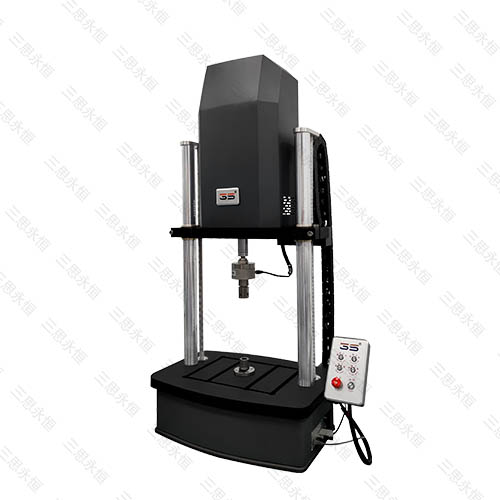Equipment name: Microprocessor controlled electronic servo fatigue testing machine
Equipment model: FMTD1000
Equipment Overview:
The FMTD1000 series microcomputer controlled electronic servo fatigue testing machine is mainly used to test the static and dynamic mechanical properties of small material specimens and components, as well as elastomers. It can perform fatigue tests such as tension, compression, and bending, as well as high cycle fatigue, low cycle fatigue, crack propagation, fracture toughness, and other tests. Realize various waveform outputs such as sine wave, triangular wave, square wave, etc., equipped with high-temperature furnaces, high and low temperature boxes, and corrosion boxes to achieve mechanical testing in different environments.
Performance characteristics:
The host is a closed T-shaped frame structure with high frame stiffness, no reverse clearance, and good stability;
The T-shaped platform has high strength and strong scalability, and can be equipped with test fixtures to achieve static and dynamic fatigue mechanical testing of various standard specimens. It can also directly install various components and structural components to achieve dynamic and static mechanical testing;
The electronic actuator is mounted on top, with a compact structure, small volume, no need for lubricating oil or hydraulic oil, clean environment, no noise, and maintenance free;
The up and down movement of the crossbeam adopts electric adjustment to meet the mechanical testing of different types of specimens.
Technical parameters:
Model: FMTD1203/FMTD1503/FMTD1104/FMTD1204
Maximum load: dynamic (kN)/± 2/± 5/± 10/± 20
Static (kN): 2/5/10/20
Measurement accuracy: Force better than ± 0.5% of the indicated value
Deformation better than ± 0.5% of the indicated value
The relative displacement accuracy is better than 0.5% FS
Dynamic test: Test frequency (Hz) 0.01-10
Experimental waveforms include sine wave, triangular wave, square wave, trapezoidal wave, oblique wave, random wave, etc
Electric cylinder stroke (mm): 100 (± 50)
Control method: closed-loop control of force, displacement, and deformation; Smooth and undisturbed switching between control modes |
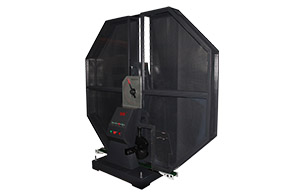 Pendulum impact testing machine
Pendulum impact testing machine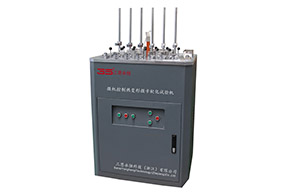 Plastic specific testing machine
Plastic specific testing machine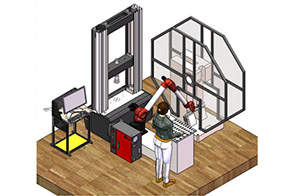 Automated testing plan
Automated testing plan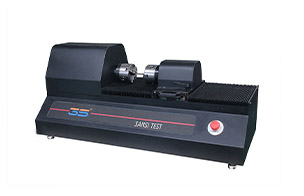 torsion testing machine
torsion testing machine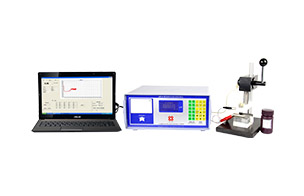 Coulomb thickness gauge
Coulomb thickness gauge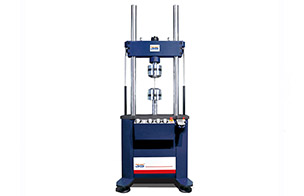 Dynamic fatigue testing machine
Dynamic fatigue testing machine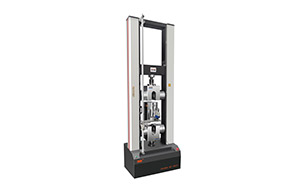 Electronic universal testing machine
Electronic universal testing machine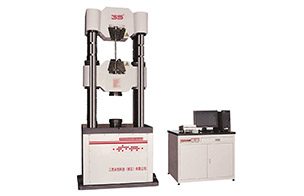 Electro hydraulic servo universal testing machine
Electro hydraulic servo universal testing machine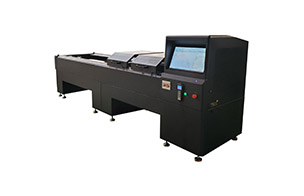 Horizontal tensile testing machine
Horizontal tensile testing machine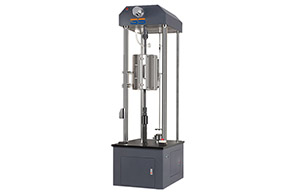 High temperature creep endurance testing machine
High temperature creep endurance testing machine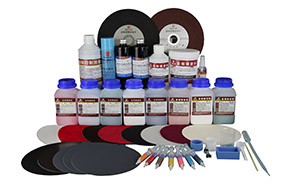 Metallographic auxiliary consumables
Metallographic auxiliary consumables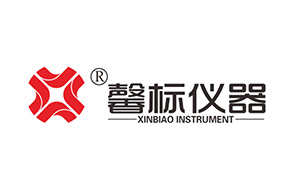 Xinbiao Instrument
Xinbiao Instrument



























